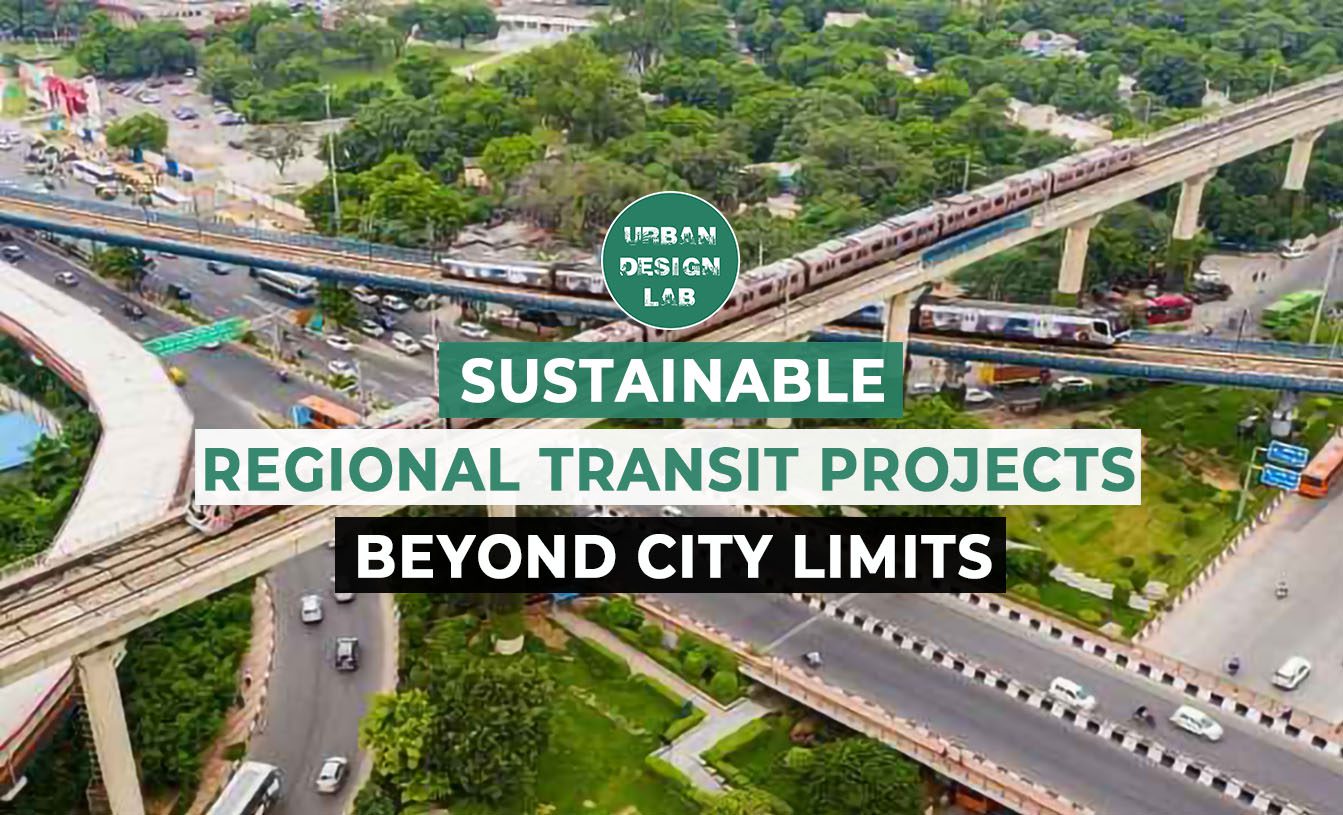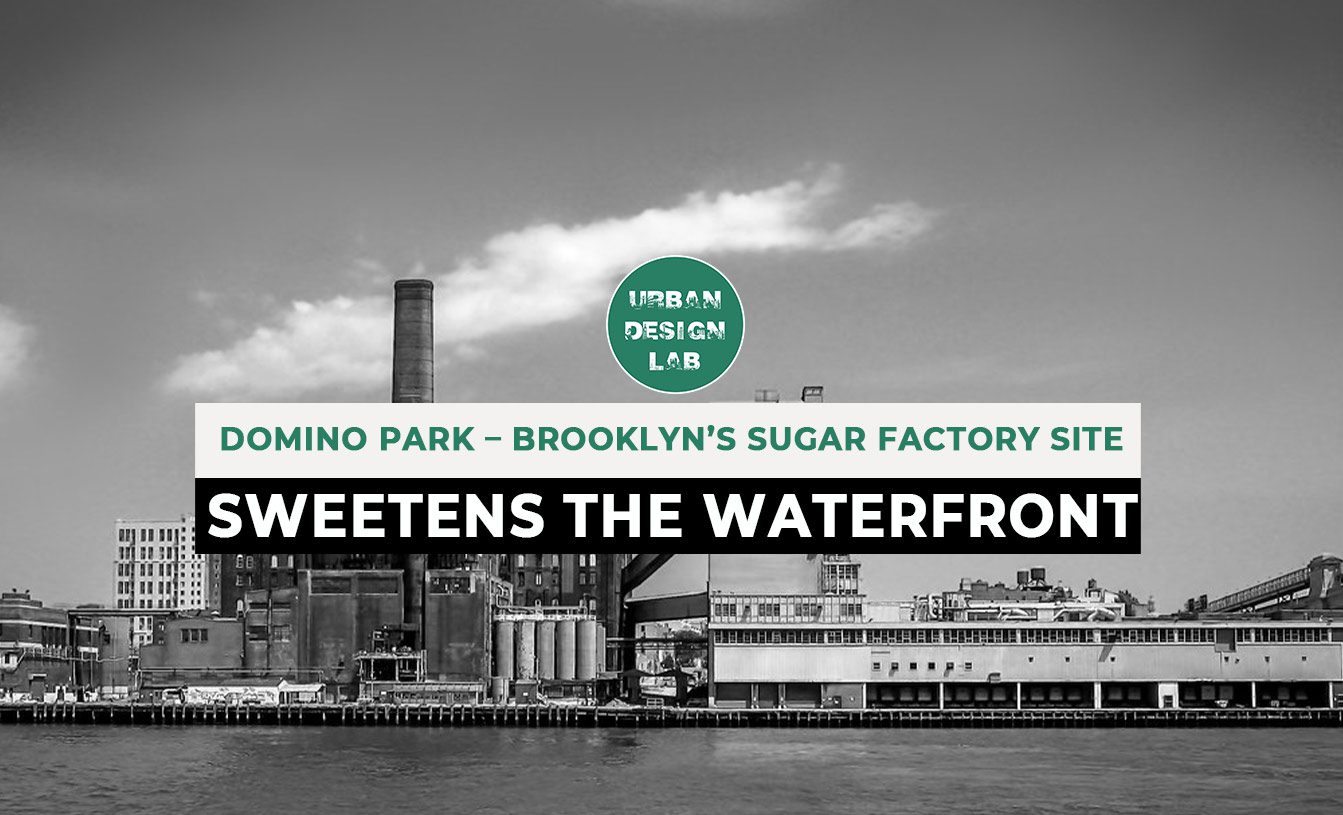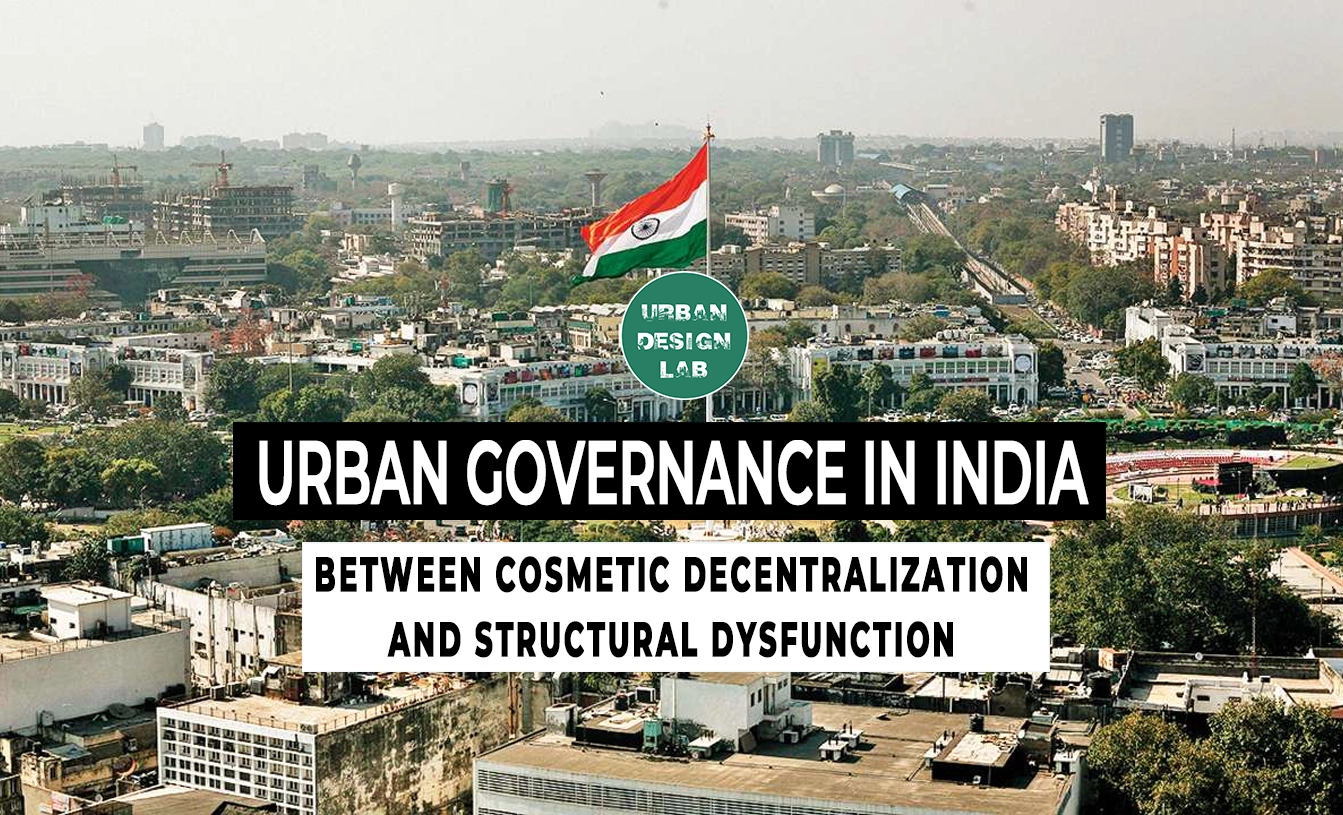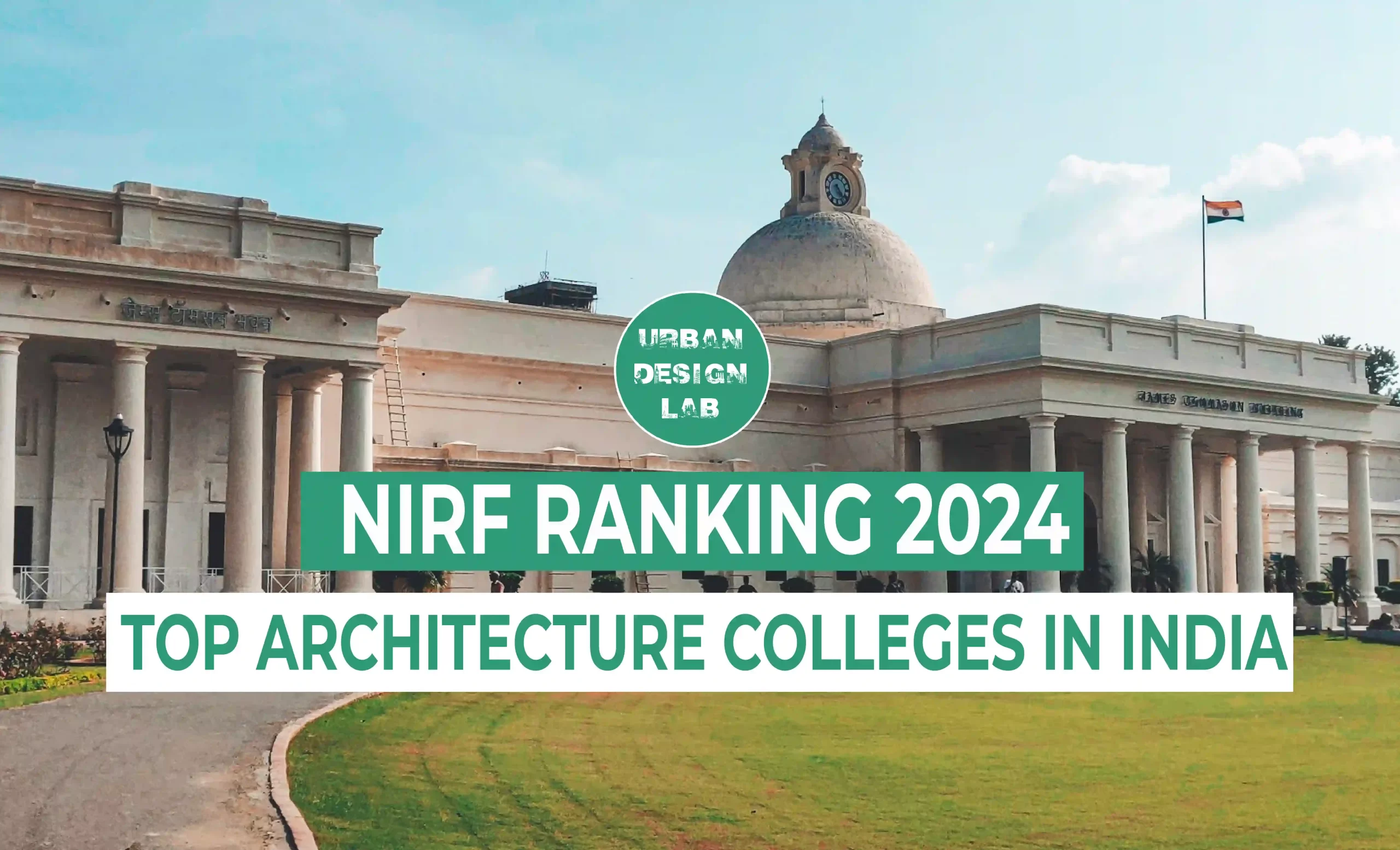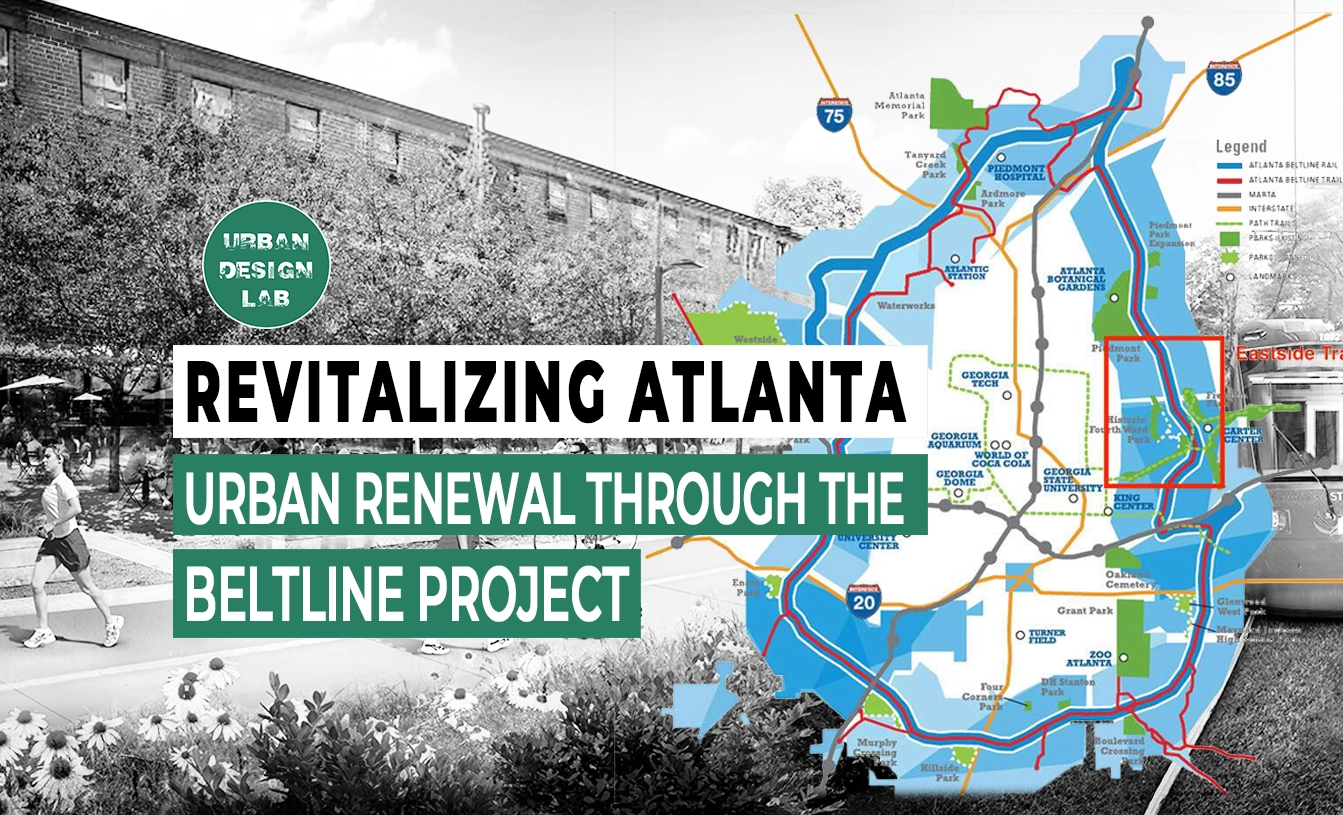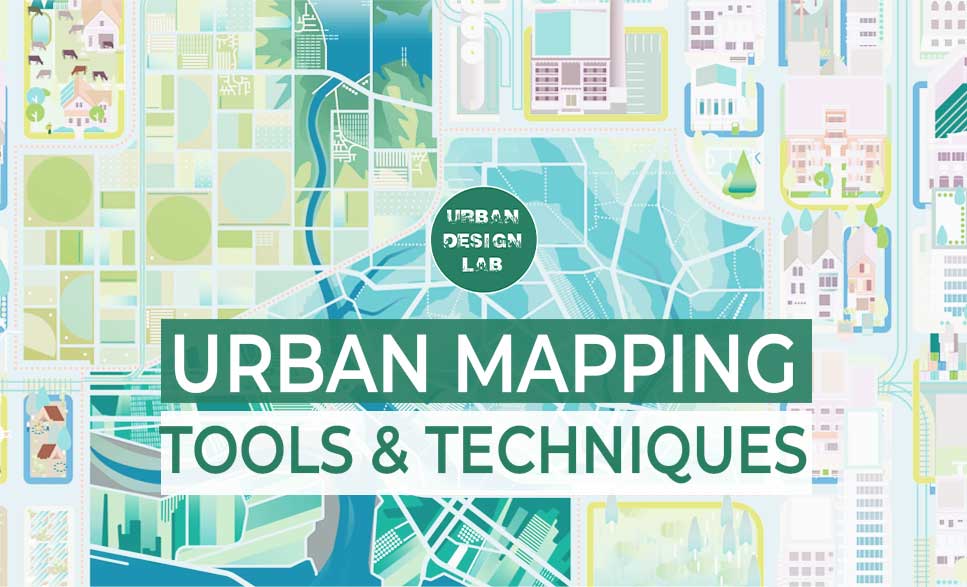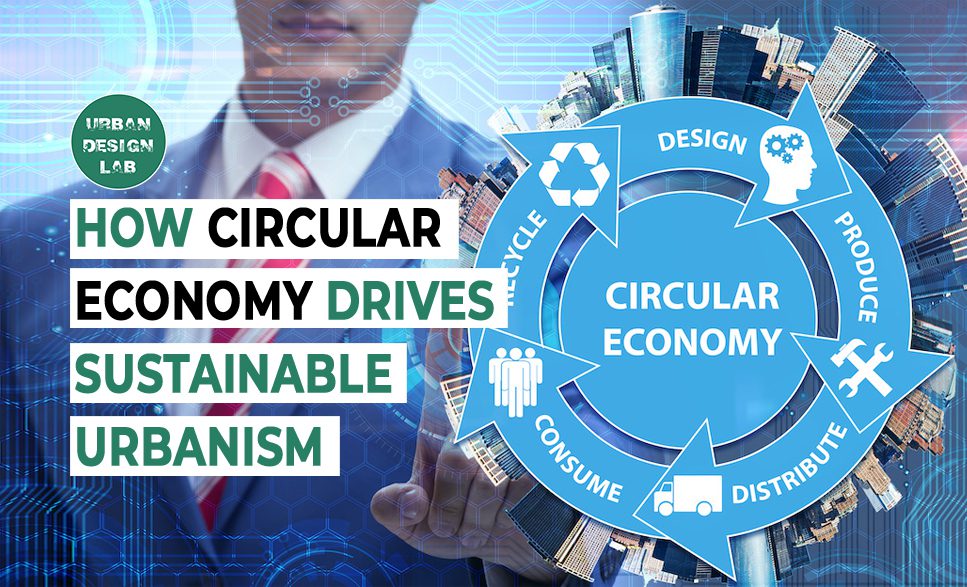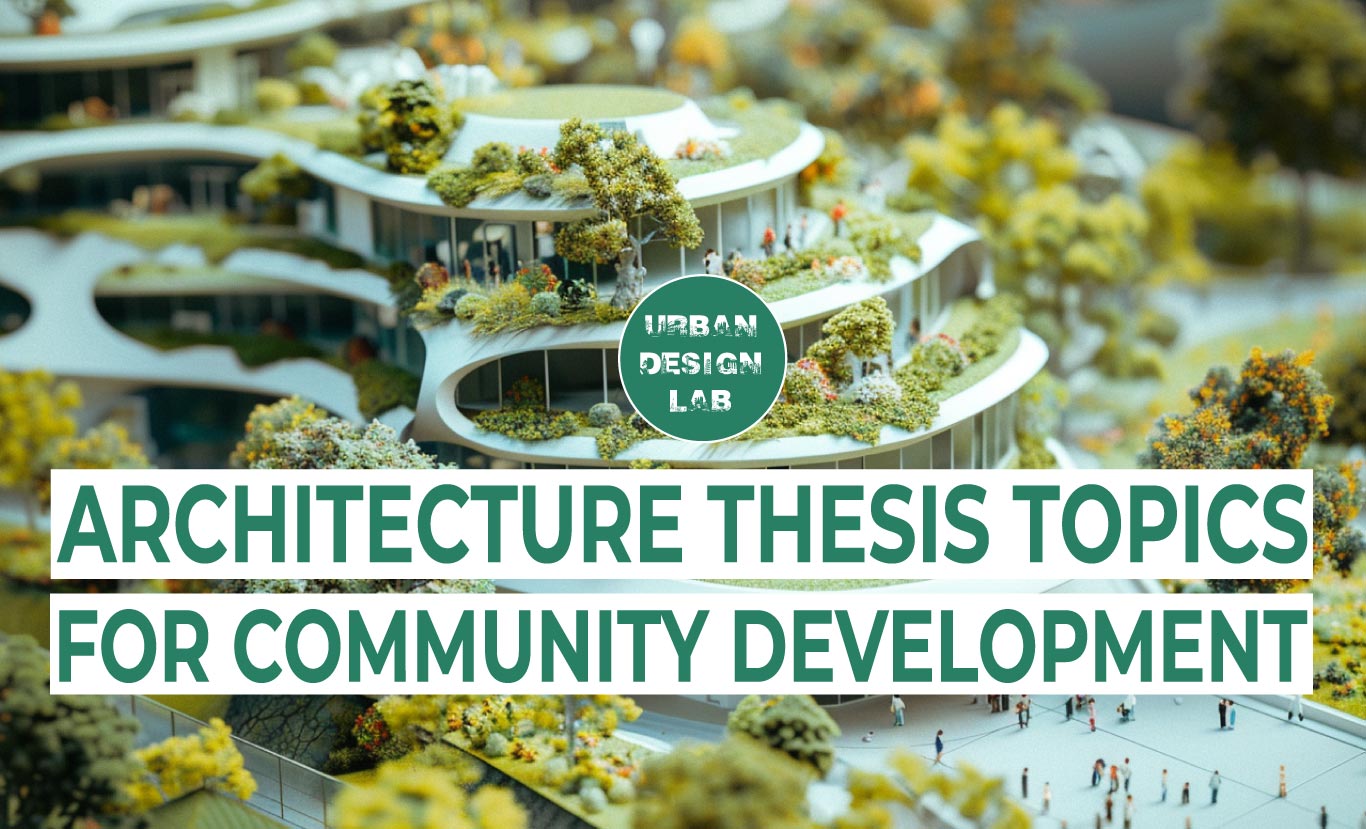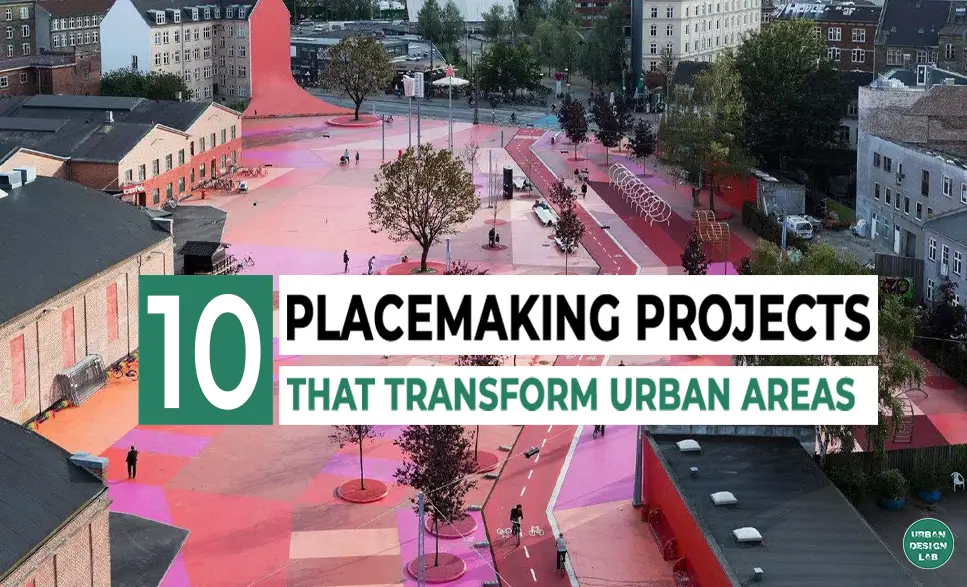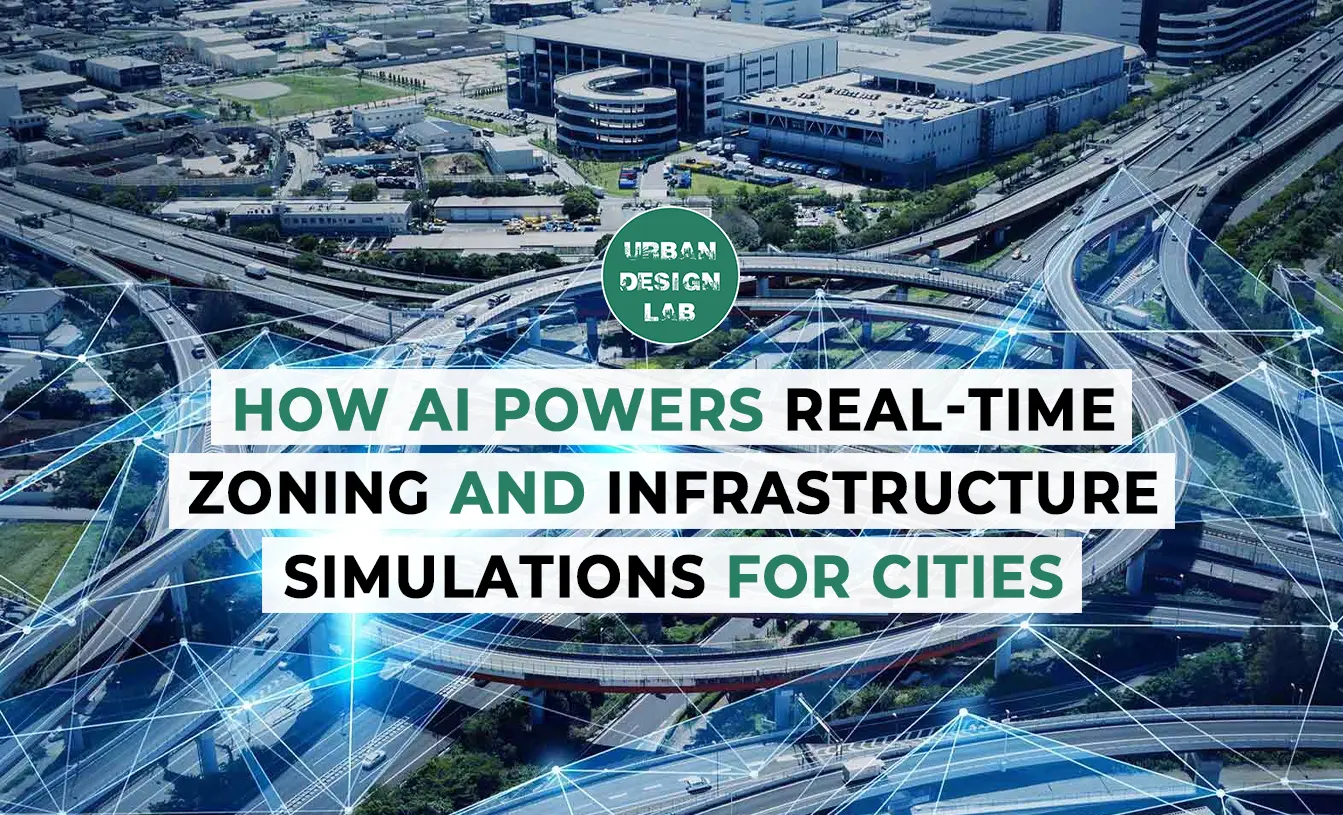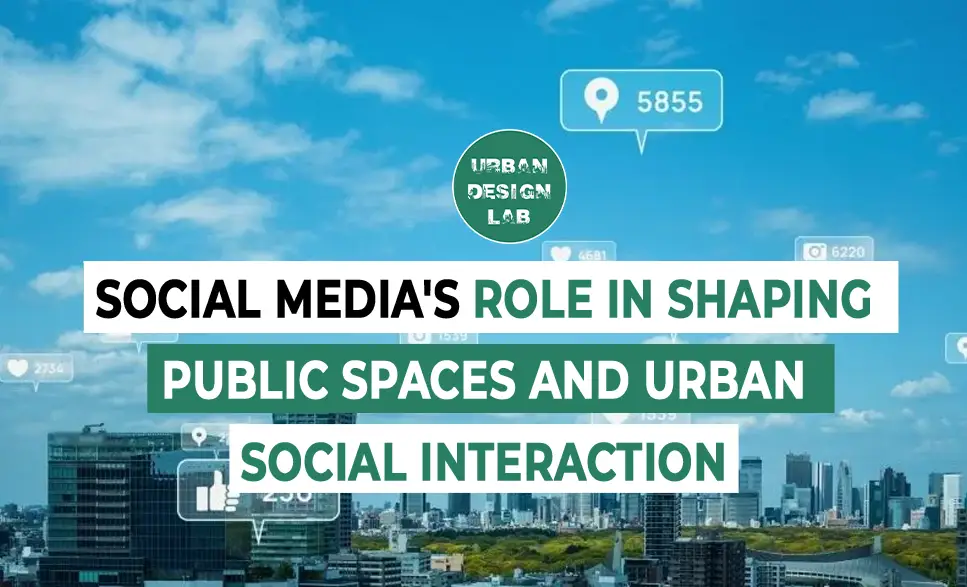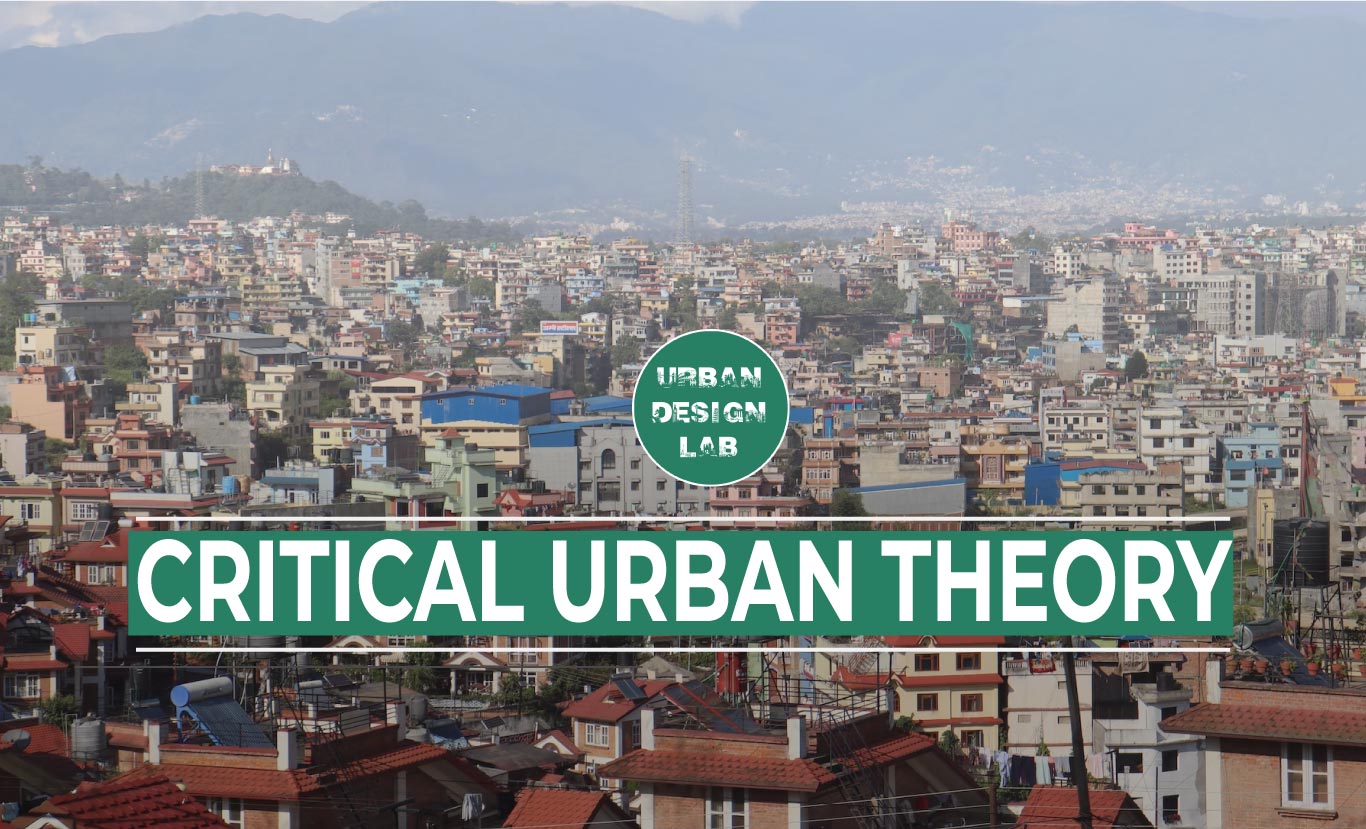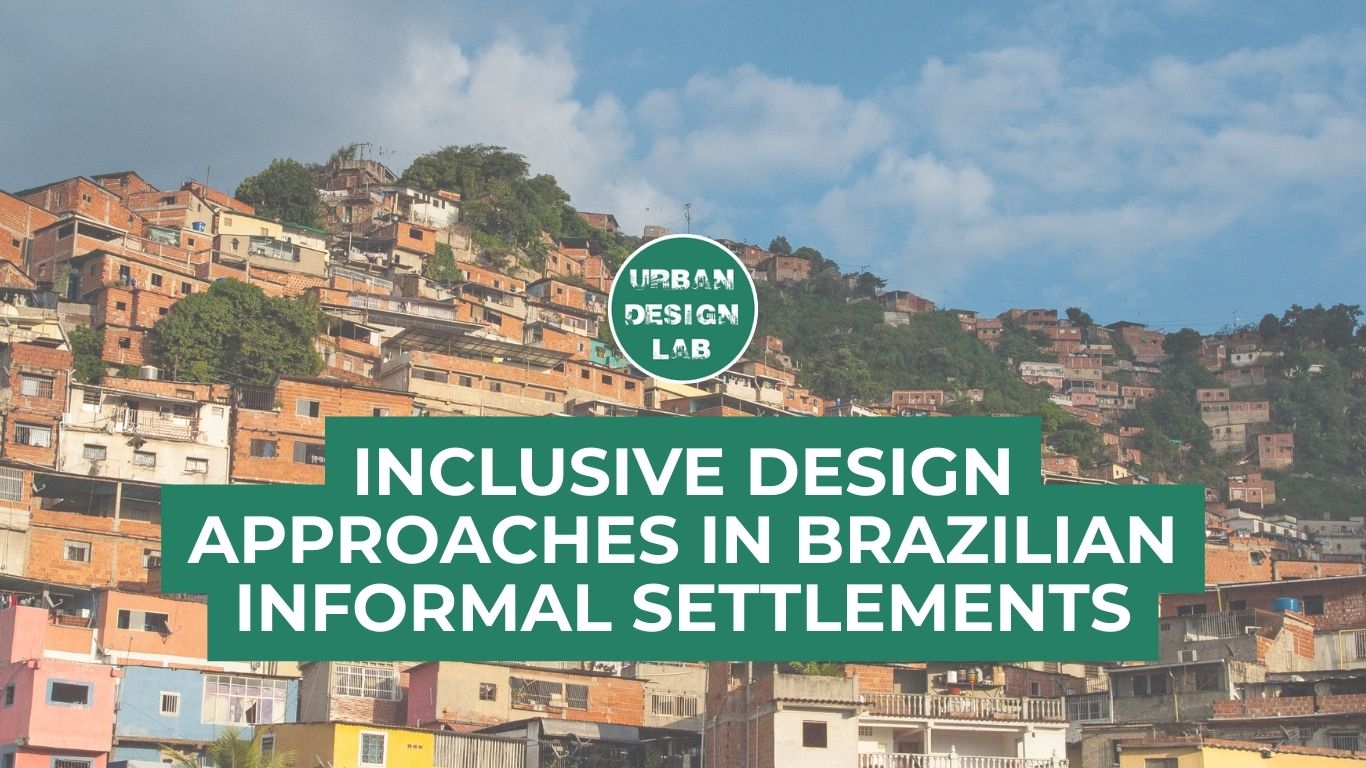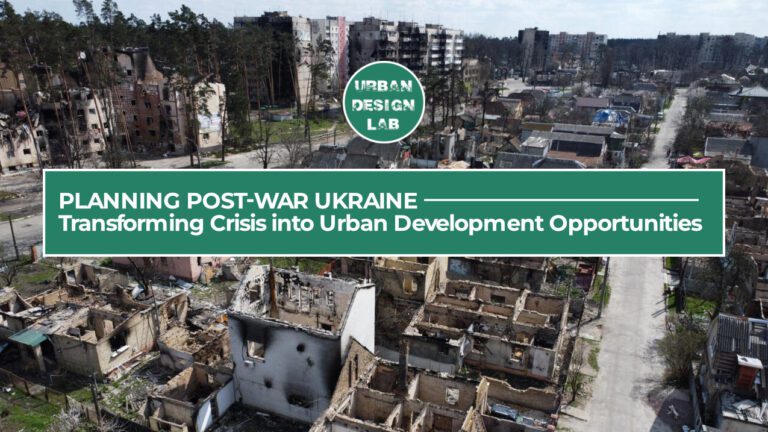
Top 10 Art Districts Reviving Urban Landscapes
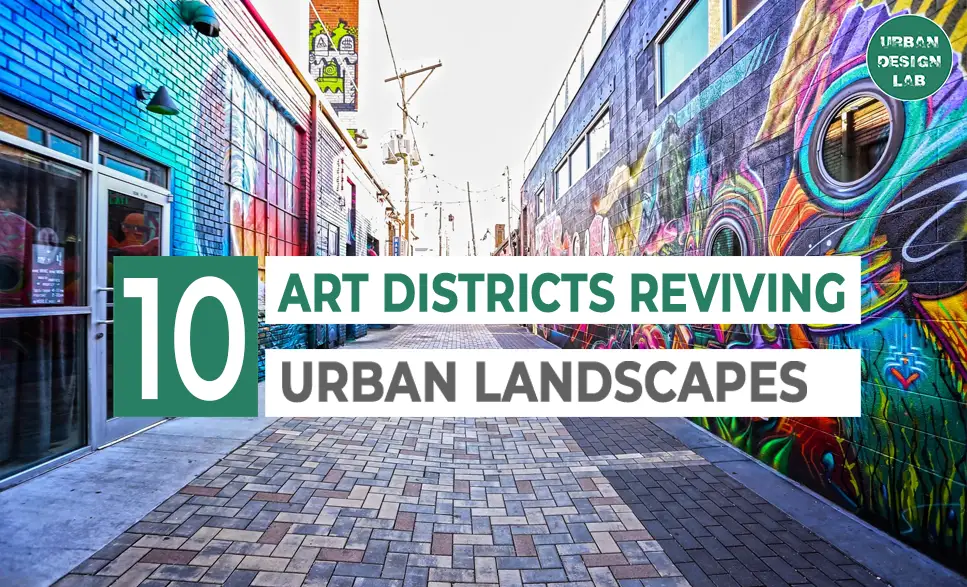
Art districts, concentrated areas within cities dedicated to the arts, play a pivotal role in revitalizing urban landscapes. These vibrant neighborhoods serve as cultural hubs, fostering creativity, economic growth, and community engagement.
An art district is able to demonstrate why and how it is possible to regenerate and revive an area that is not used anymore, but it is still capable to give something to people, instead of starting from scratch. The skills to develop are related to the ability to protect and regenerate it without canceling the history that exists behind it, and being able to develop and still communicate something.
They have a multifaceted significance:
- Cultural Enrichment and Identity
- Economic Revitalization
- Urban Renewal and Transformation
- Community Engagement and Social Cohesion
- Innovation and Creativity
- Education and Inspiration
- Sustainability and Environmental Awareness
Art districts are vital components or urban landscapes. By promoting creativity, innovation, and inclusivity, can enhance the quality of life for residents and contribute to the dynamic evolution of cities. As we continue to navigate the challenges of urbanization, investing in the arts and supporting the development of art districts will be crucial for building resilient, sustainable, and vibrant urban environments.
Case Study 01: Xintiandi, Shanghai, China
Nestled in Shanghai’s vibrant HuangPu district, Xintiandi stands as a paragon of urban revitalization, seamlessly merging the charm of traditional Shikumen architecture with cutting-edge contemporary design. This pedestrian-centric enclave transforms a once-residential Lilong neighborhood into a bustling hub for shopping, dining, and entertainment, epitomizing the fusion of historical preservation and modern urban living.
The redevelopment of Xintiandi presented significant challenges, primarily the integration of historic structures with new, modern buildings without compromising the area’s cultural integrity. As Shanghai’s inaugural project to rejuvenate a Lilong neighborhood, Xintiandi had to delicately balance the preservation of its Shikumen heritage with the demands of a dynamic, modern urban space. The design approach focused on adaptive reuse, incorporating a diverse array of retail, culinary, and cultural venues that honor the traditional architectural elements while introducing contemporary aesthetics and functionalities. This strategy not only preserved the historical essence but also injected vitality and visual dynamism into the district.
The successful transformation of Xintiandi has had profound impacts on Shanghai’s urban landscape. It has revitalized a former residential area into one of the city’s most sought-after destinations, attracting a mix of locals and tourists to its array of trendy restaurants, chic bars, and boutique shops. This project underscores several key planning insights: adaptive reuse can effectively bridge historical preservation with modern urban needs; a strategic combination of preservation, demolition, and new construction, guided by a major developer like SHUI ON, is crucial for large-scale urban renewal; and ongoing public engagement is essential to foster community acceptance and enhance the overall well-being of the area. Xintiandi serves as an inspiring model for other cities aiming to rejuvenate their urban spaces while honoring their historical roots.
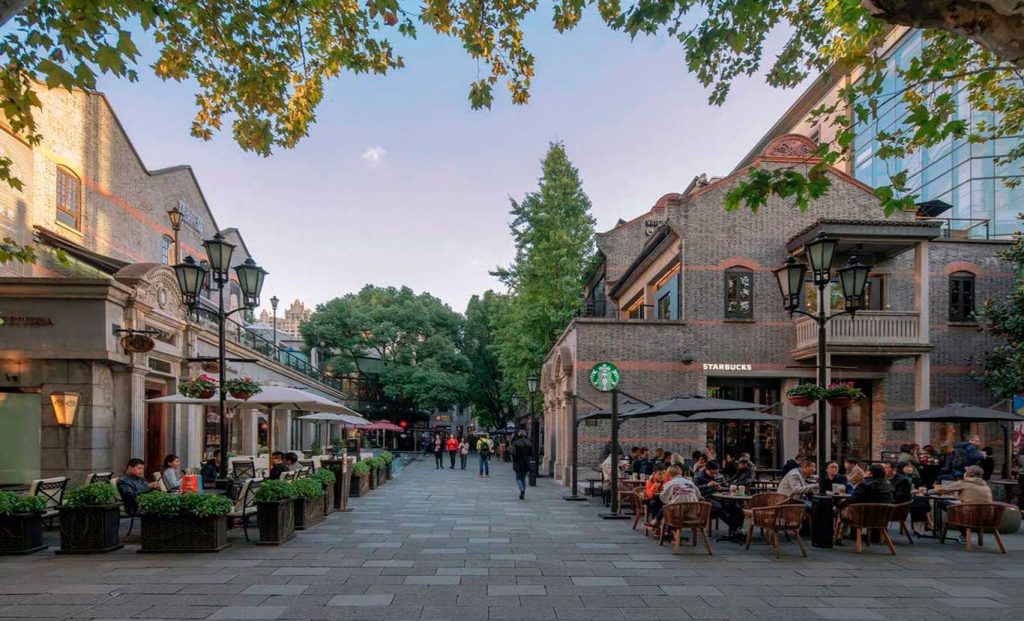
Case Study 02: Tianzifang, Shanghai, China
Located in Shanghai’s bustling HuangPu district, Tianzifang stands as a vibrant testament to the power of community-driven urban renewal. This renovated enclave seamlessly blends preserved residential areas with dynamic public spaces, fostering an environment where spontaneous participation and creative expression thrive. By transforming traditional living spaces into a hub for artists, entrepreneurs, and visitors, Tianzifang has redefined urban living while maintaining its authentic neighborhood character.
The redevelopment of Tianzifang faced the significant challenge of honoring its residential heritage while promoting an inclusive, participatory atmosphere. Adopting a bottom-up design approach, the project empowered local residents to actively contribute to the planning and transformation process. This strategy not only instilled a strong sense of ownership and pride within the community but also ensured that the revitalization efforts were aligned with the residents’ needs and aspirations. The collaborative environment cultivated by this approach has led to a more cohesive and fulfilling living space, where creativity and community spirit flourish.
The successful transformation of Tianzifang has had a profound impact on Shanghai’s urban landscape. By involving residents in every step of the design and planning process, the renovation achieved a harmonious balance between preserving cultural heritage and fostering modern creative activities. The area’s enhanced cultural charm has made it a popular destination for tourists and a vibrant locale for artists and businesses. However, the project also underscores the necessity of sustained support from local government and the dangers of commercial interests overshadowing cultural resources. Tianzifang offers invaluable insights into the importance of community involvement, the benefits of creative cultural activities, and the critical need for balanced support to sustain the creative potential of urban neighborhoods.
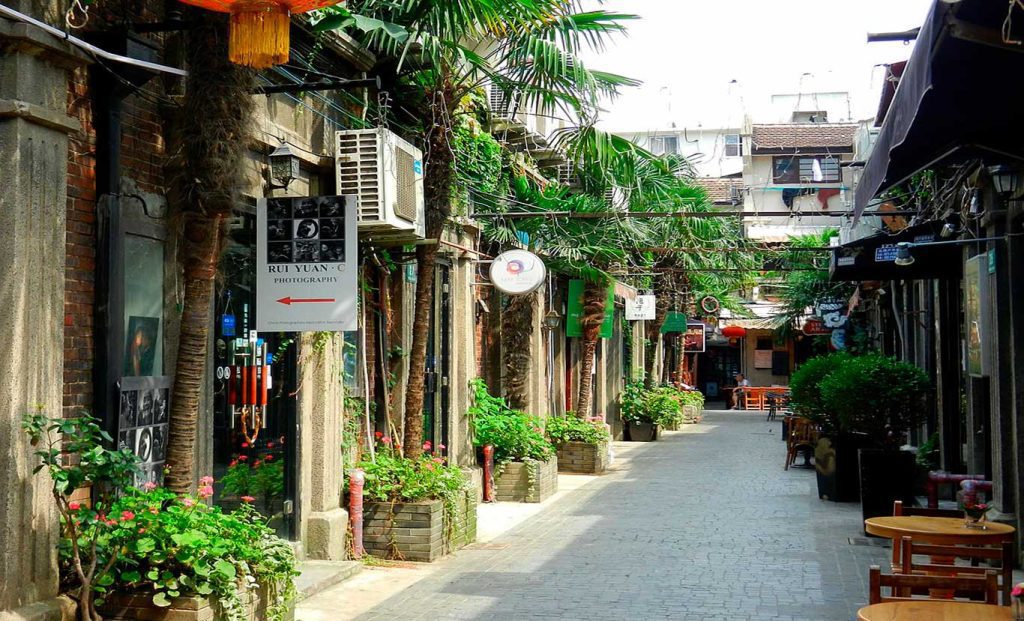
Source: Website Link
Case Study 03: 798 Art District, Beijing, China
ituated within the historic confines of the abandoned Joint Factory 718 complex, Beijing’s 798 Art District has emerged as a beacon of cultural renaissance and architectural innovation. This former industrial site, once a symbol of China’s manufacturing prowess, has been meticulously repurposed into a vibrant enclave that attracts artists, designers, and creative entrepreneurs from around the globe. The district’s unique blend of raw industrial aesthetics and contemporary artistic expression underscores its pivotal role in Beijing’s urban transformation.
Reviving 798 Art District was not without its challenges. The primary task was to honor and preserve the industrial heritage while fostering an environment conducive to creative expression. The site’s vast, open spaces and distinctive architectural structures provided an ideal canvas for artists seeking affordable and expansive studios. This synergy between space and creativity led to the establishment of a new refuge for professional artists, catalyzing a surge in creative activities. In 2002, Robert Bernell inaugurated the first foreign-owned art enterprise in the area, setting a precedent that attracted a growing number of artists and designers. However, the influx of creative energy also drew the attention of commercial interests, culminating in the SevenStar Group’s transformation of the area into part of Beijing’s High-Tech Zone by 2005. This transition was officially recognized when 798 was designated as a modern architectural heritage site, balancing preservation with modernization.
The evolution of the 798 Art District offers critical insights into urban renewal and cultural preservation. Designating the area as one of the 30 officially recognized industrial districts for cultural and creative industries highlights the potential of adaptive reuse in fostering vibrant creative communities. The district’s increasing popularity has inevitably attracted multinational companies, illustrating the delicate balance between creative autonomy and commercial development. This trend towards gentrification and luxury consumption serves as a cautionary tale, emphasizing the need for strategic planning to maintain the district’s cultural integrity. Furthermore, 798 underscores the importance of leveraging unused industrial land for creative purposes and fostering collaborative interactions among diverse stakeholders. As cities worldwide seek to rejuvenate their urban landscapes, the 798 Art District stands as a testament to the transformative power of thoughtful, heritage-conscious urban design.
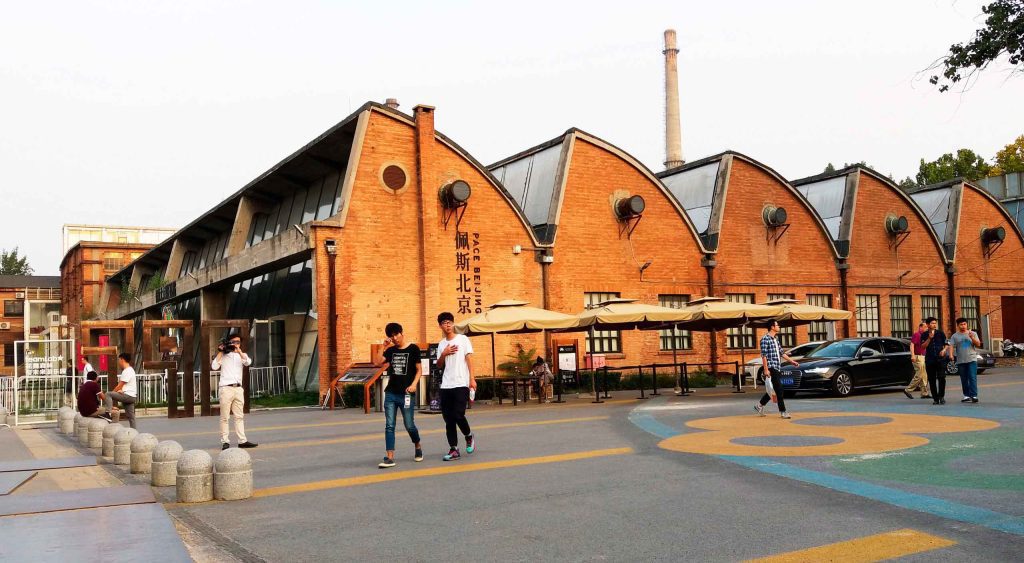
Case Study 04: LX Factory, Lisbon, Portugal
Situated in the heart of Alcântara, Lisbon’s LX Factory exemplifies the transformative power of creative urban regeneration. Once a bustling industrial and working-class neighborhood, Alcântara was predominantly classified as brownfield land, grappling with socioeconomic and environmental challenges. The revitalization of LX Factory has turned this erstwhile wasteland into a vibrant cultural and commercial hub, demonstrating how thoughtful design and community engagement can breathe new life into neglected urban spaces.
The redevelopment of LX Factory faced significant hurdles, primarily the physical obsolescence of the factory site and its negative perception as an undesirable area. The challenge was not only to rejuvenate the space but also to redefine its identity in a way that honors its industrial past while fostering a dynamic, modern environment. The design philosophy prioritized “space” over “place,” emphasizing the creation of versatile areas that could accommodate diverse cultural and commercial activities. This approach aimed to instill a distinctive territorial identity by integrating new cultural symbols that resonate with the local heritage, thereby bridging the gap between the old and the new.8
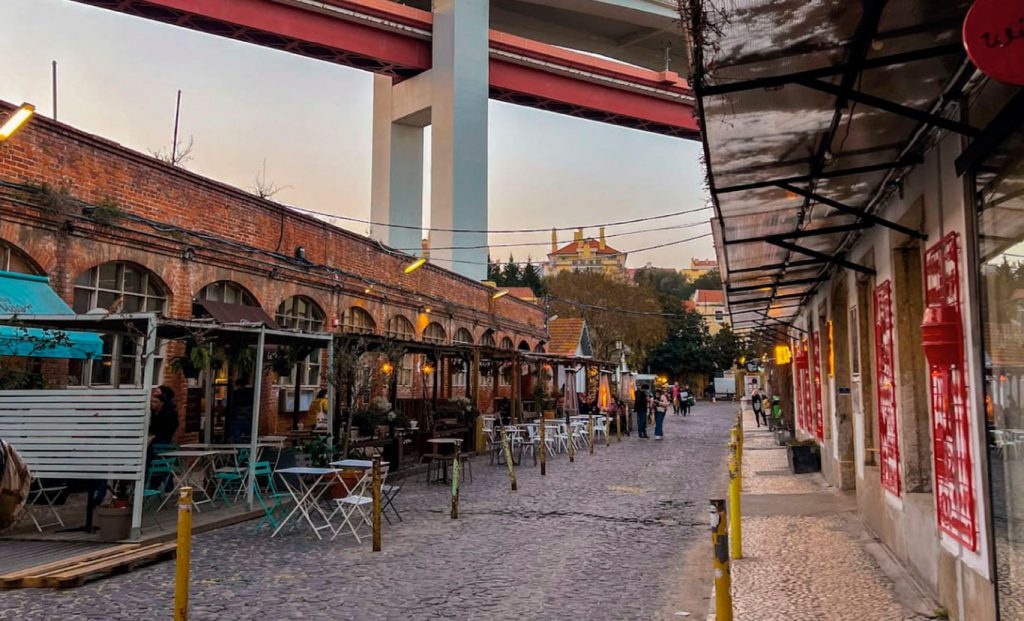
Case Study 05: SIFC, Shanghai, China
Nestled at No. 2888 Yangshupu Lu, the Shanghai International Fashion Center (SIFC) epitomizes the seamless blend of historical legacy and cutting-edge design. Conceived by the renowned French Charpentier Architects, the SIFC occupies the site of the erstwhile Yufeng Cotton Mill, transforming an industrial relic into a global fashion epicenter. One of the paramount challenges in this ambitious project was managing its expansive footprint, positioning the SIFC as one of the largest fashion centers worldwide. This scale demanded innovative architectural solutions to ensure functionality without compromising aesthetic integrity.
The design philosophy underpinning the SIFC was firmly anchored in preservation, prioritizing the restoration and integration of historic structures within a modern framework. Meticulous efforts were undertaken to repair and reconstruct all significant historical elements, while non-essential “illegal buildings” lacking cultural or historical merit were responsibly demolished. This approach not only preserved the distinctive character and charm of the area but also provided visitors with an authentic glimpse into Shanghai’s rich industrial past. By championing the coexistence of history and modernity, the SIFC has emerged as a landmark that harmoniously blends the old with the new. Although it offers a unique cultural experience, the center remains more specialized compared to other international fashion hubs, focusing on delivering a curated environment that celebrates both heritage and contemporary innovation.
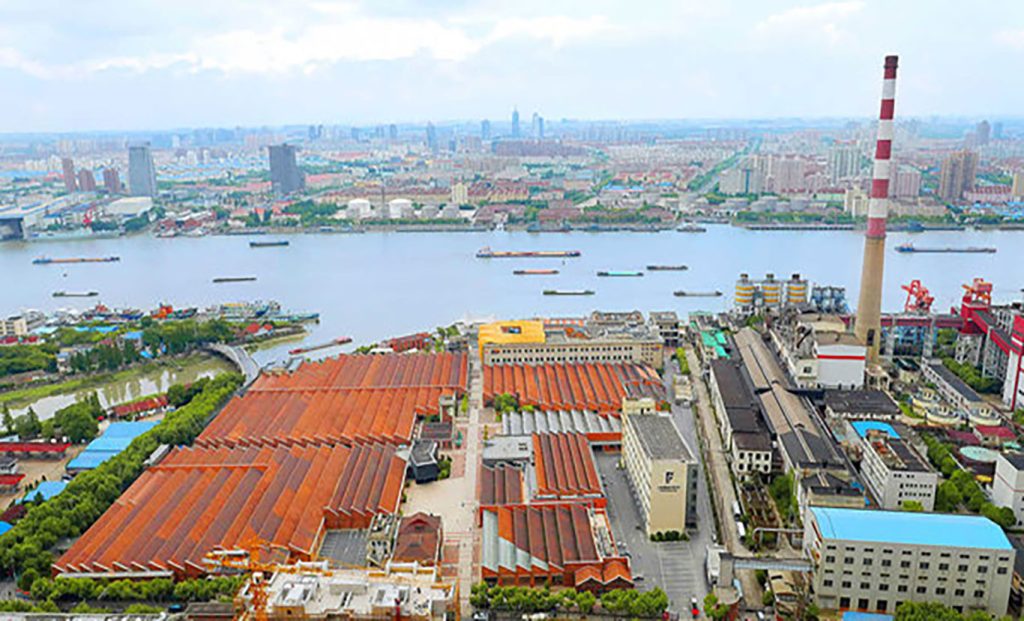
Case Study 06: Bridge 8, Shanghai, China
Bridge 8, strategically situated at 8-10 Jianguo Middle Road in Shanghai, is a masterstroke by Japan’s HMA Architects that epitomizes modern urban revitalization. The project’s nomenclature is deeply symbolic, with interconnected pedestrian bridges not only facilitating seamless movement within the district but also bridging domestic and international creative consulting teams. This architectural marvel serves as a nexus for over 150 creative design firms and attracts more than 4,000 creative professionals from around the globe. Embracing the ethos of “integrating resources, creating value, and building quality living spaces,” Bridge 8 fosters a dynamic environment where innovation and collaboration thrive, seamlessly blending historical industrial elements with cutting-edge design.
The impact of Bridge 8 extends beyond its architectural significance, driving regional brand strategies that transform economic development models and elevate the value of design through the industrialization and clustering of creative industries. By preserving the historical and cultural essence of its structures, Bridge 8 celebrates the charm of industrial architecture while promoting sustainable urban growth. Although primarily managed by private entities, which may limit public accessibility, the district successfully cultivates a vibrant creative community enriched with diverse attractions. Future enhancements could include better regulation of evening activities and a more defined separation between public and private spaces, ensuring a balanced and inclusive urban landscape for both professionals and enthusiasts alike.
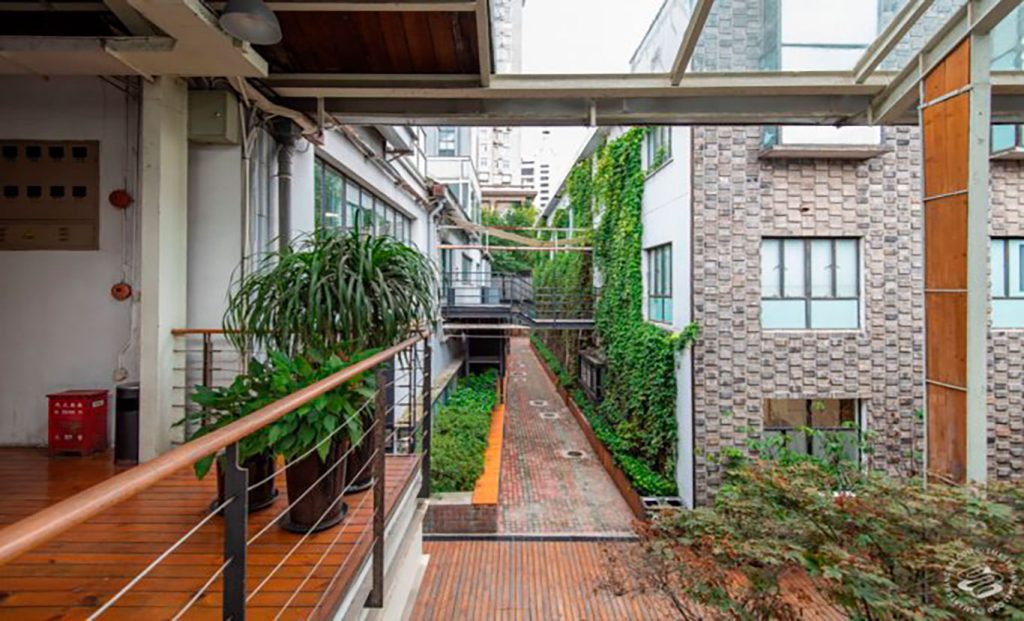
Case Study 07: Arabianranta, Helsinki, Finland
Nestled approximately 4 kilometers from Helsinki’s bustling city center, Arabianranta—literally translating to the “shore of Arabia”—stands as a testament to innovative urban regeneration. Faced with the challenge of higher construction costs due to its peripheral location, the district’s development embraced a unique integration of art and architecture. Modern buildings within Arabianranta have been meticulously designed with an artistic ethos, allocating 1-2% of construction budgets to incorporate artistic elements that echo Finland’s rich history, natural landscapes, and renowned design traditions. This strategic investment in art not only enhances the aesthetic appeal but also fosters a vibrant community spirit, seamlessly blending residential spaces with creative work environments.
The transformation of Arabianranta has yielded significant outcomes, positioning the district as a dynamic “laboratory” for both housing and the creative industries. Many residences feature integrated workshops or offices, catering to artists and entrepreneurs alike, thereby nurturing a collaborative ecosystem. By rehabilitating the historic Arabia manufactory buildings, Arabianranta exemplifies how cultural revitalization can effectively rejuvenate an industrial area. The infusion of artworks by Finnish, Scandinavian, and international artists has elevated the district’s allure beyond mere economic incentives, fostering a multi-functional public space that harmoniously coexists with diverse populations. This polycentric approach not only enhances the urban fabric of Helsinki but also offers actionable insights into creating interconnected, sustainable communities where culture and functionality thrive hand in hand.
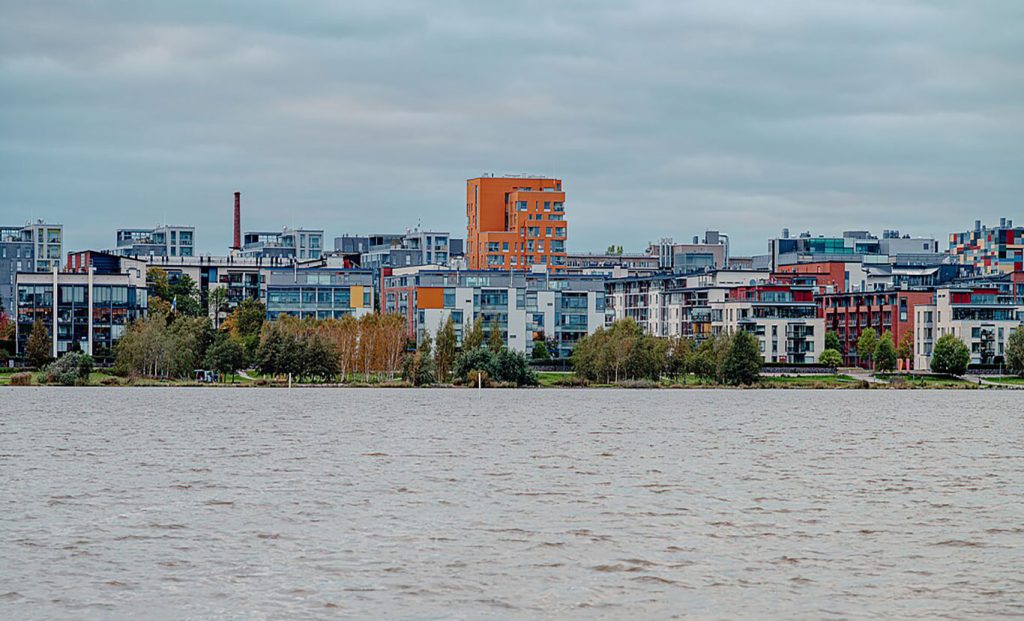
Case Study 08: Brera Design District, Milan, Italy
Once a mere expanse of agricultural fields, the Brera District in Milan underwent a significant transformation post-1162 when historical walls were reconstructed, laying the foundation for its rich cultural tapestry. Today, Brera stands as a vibrant emblem of Milanese heritage and creativity, seamlessly blending its storied past with contemporary design excellence. Unlike districts that face urban development challenges, Brera emerged organically, driven by a passionate community of art enthusiasts and creatives. This spontaneous evolution has fostered an environment where design is not just an element but the very essence of the district’s identity. As Paolo Casati aptly states, “Brera is not a district but a brand,” highlighting how design permeates every facet of its character.
Brera exemplifies the harmonious coexistence of creativity, culture, heritage, and history, serving as a quintessential model for urban revitalization. Home to the prestigious Academy of Fine Arts since 1776, the district remains Milan’s epicenter for art and design education, nurturing generations of artists and movements. Beyond its academic influence, Brera boasts iconic streets adorned with charming historic buildings and the serene Brera Botanical Garden, offering both residents and visitors a picturesque setting that captures the quintessential spirit of Milan. The district’s dedication to fostering a creative hub has not only preserved its unique architectural charm but also stimulated ongoing cultural and educational contributions. Brera’s success underscores the importance of integrating artistic identity with urban planning, providing valuable insights into cultivating polycentric, culturally rich neighborhoods that inspire and sustain creative communities.
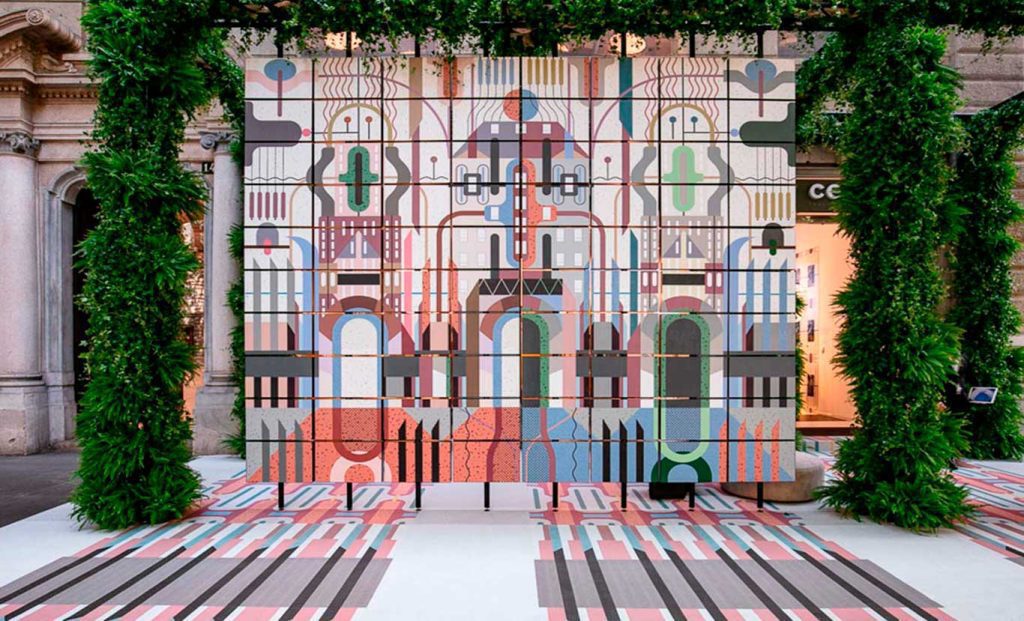
Case Study 09: 1933 Old Millfun, Shanghai, China
Situated in Shanghai’s historic Hongkou District, the 1933 Old Millfun stands as a remarkable testament to architectural resilience and adaptive reuse. Originally designed by British architects and constructed by Chinese developers, this pre-Communist era building has undergone a dynamic evolution, transitioning from a multifaceted industrial complex—including a slaughterhouse, medicine factory, and cold storage facility—to a vibrant art district. The inherent challenges of repurposing such a structure lay in reconciling its utilitarian past with a contemporary creative vision. The original design, characterized by robust 50 cm thick walls, expansive staircases, ramps, bridges, and corridors spread across four floors, provided a solid yet eclectic framework for its transformation.
Today, 1933 Old Millfun has emerged as a cutting-edge creative hub, housing an array of trendy bars, art galleries, boutique shops, and lively clubs. This metamorphosis showcases the building’s poetic complexity and brutalist architectural elements, which continue to enchant visitors despite its industrial origins. The district exemplifies the early influence of English colonial architecture on Chinese urban settlements, seamlessly blending historical significance with modern functionality. The successful renovation has not only revitalized the site but also fostered a new connection between the community and its heritage. As a commercial nexus for creative industries, 1933 Old Millfun highlights the potential of adaptive reuse in urban design, demonstrating how thoughtful architectural interventions can breathe new life into historic structures while preserving their unique character.
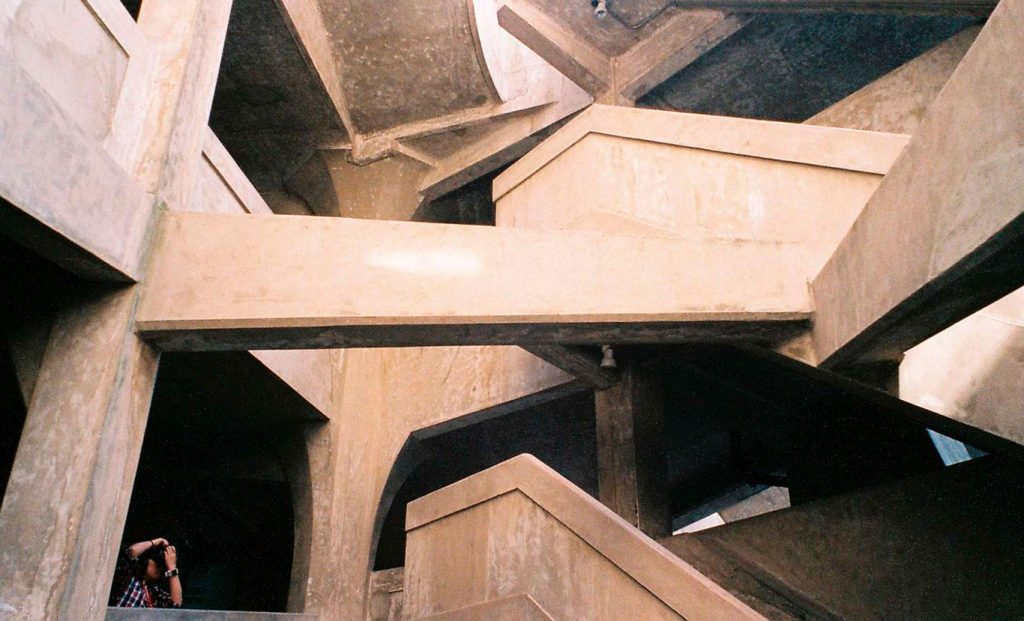
Case Study 10: Roppongi, Tokyo, Japan
Roppongi, a vibrant district in Tokyo, stands as a prime example of successful urban redevelopment achieved through the synergistic integration of top-down and bottom-up approaches. This transformation was marked by the collaboration between developers and original property owners, navigating the complexities of demolition and renovation in a bustling metropolis. The project’s inception faced significant hurdles, primarily stemming from concerns over potential compromises to the interests of long-standing residents and stakeholders. Balancing these interests required a nuanced strategy that respected the district’s existing fabric while paving the way for modern enhancements.
To overcome these challenges, developers implemented innovative compensation programs designed to address the diverse needs of homeowners, fostering a cooperative environment conducive to mutual benefit. This thoughtful approach not only facilitated smoother negotiations but also accelerated the project’s completion within a remarkable three-year timeframe. The revitalized Roppongi now thrives as a dynamic art district, seamlessly blending residential spaces with cultural venues, upscale boutiques, and vibrant nightlife. This redevelopment has significantly enhanced the area’s quality of life and economic vitality, demonstrating how inclusive planning and creative problem-solving can harmonize differing interests. The Roppongi case highlights the importance of tailored, site-specific solutions and community engagement in urban design, offering valuable insights for future projects aiming to balance development with stakeholder satisfaction.
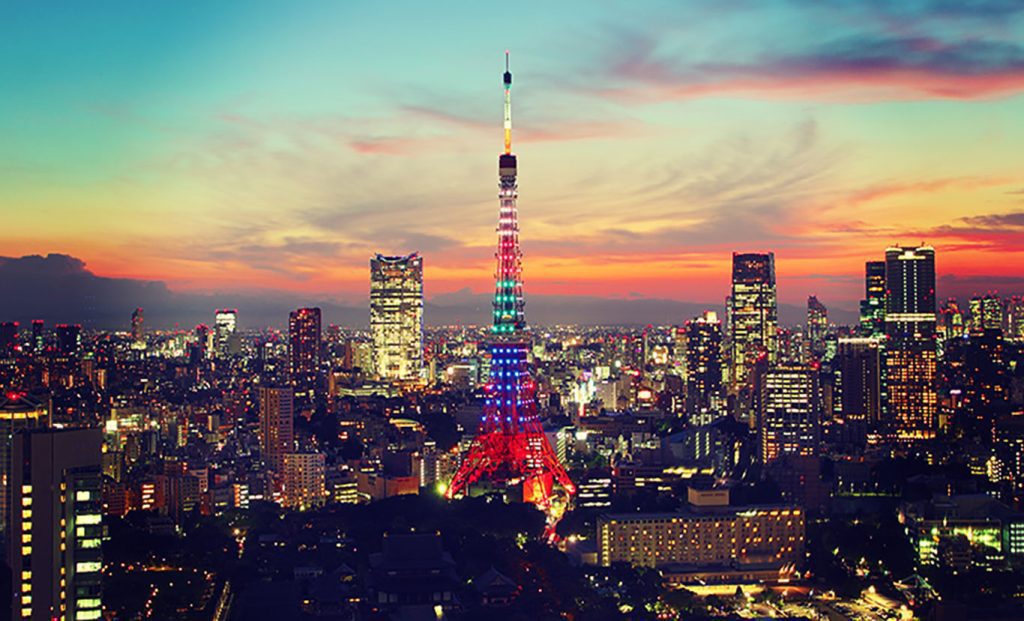
Conclusion
The role of artists in triggering gentrification has been highlighted multiple times already and in various studies, thus, many cities have invested in renovating old industrial buildings or developing cultural or either creative districts. Art is clearly a social, economical, environmental and also historical catalyst and the potential underneath this role in regenerating urban landscapes is a crucial topic. A space can have communication problem at some point of its life, that’s where art comes into action. But there cannot be one without the other, the city needs creativity as much as creativity needs the city. And since ‘Sharing is Caring’, people have the right to express themselves in creative dynamic urban life, being able to share and create their own personality within the district or city itself. All the case studies presented above have something in common: the willingness of increase and strenghten people’s feeling of beloning to the place. And it is something only possible if there is freedom and art.
References
1. https://www.metalocus.es/en/news/a-vertical-labyrinth-shanghai-1933-shang-hai-1933lao-chang-fang
2. https://www.gotokyo.org/it/destinations/southern-tokyo/roppongi/index.html
3. https://www.scoprishanghai.com/tianzifang
4. https://www.scoprishanghai.com/xintiandi
5. https://www.wernersobek.com/projects/sifc-shanghai/

Asia Druda
About the author
Asia Druda is a left and right brain student from Politecnico di Milano and Tongji University and she cannot wait to discover everyday something new about architecture and its influences!!
Related articles

UDL GIS
Masterclass
Gis Made Easy- Learn to Map, Analyse and Transform Urban Futures
Session Dates
15th-19th December 2025

Urban Design Lab
Be the part of our Network
Stay updated on workshops, design tools, and calls for collaboration
Curating the best graduate thesis project globally!

Free E-Book
From thesis to Portfolio
A Guide to Convert Academic Work into a Professional Portfolio”
Recent Posts
- Article Posted:
- Article Posted:
- Article Posted:
- Article Posted:
- Article Posted:
- Article Posted:
- Article Posted:
- Article Posted:
- Article Posted:
- Article Posted:
- Article Posted:
- Article Posted:
Sign up for our Newsletter
“Let’s explore the new avenues of Urban environment together “


























